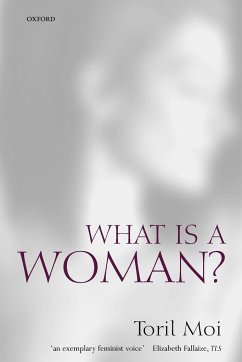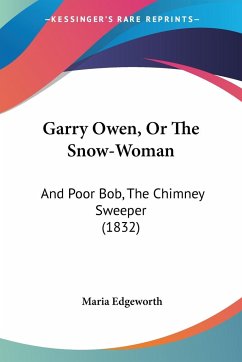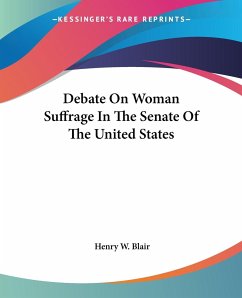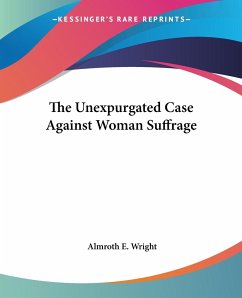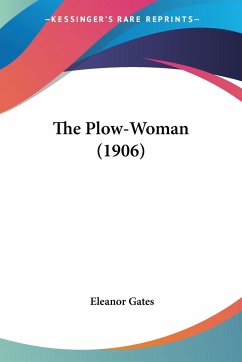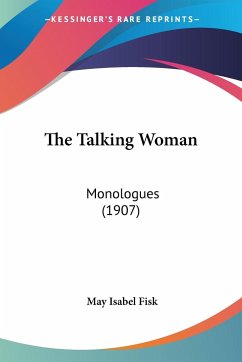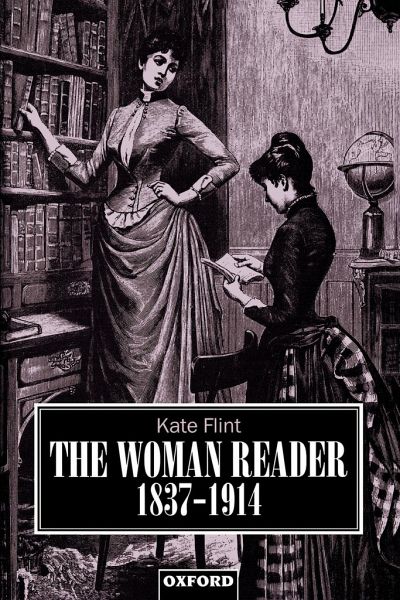
The Woman Reader, 1837-1914
Versandkostenfrei!
Versandfertig in 1-2 Wochen
65,99 €
inkl. MwSt.

PAYBACK Punkte
33 °P sammeln!
Why was the topic of women and reading so controversial for the Victorians and Edwardians? What was it assumed that women read, and what advice was given about where, when, and how to read? Kate Flint examines texts ranging from fiction, painting, and poetry, through medical and psychoanalytic works, advice manuals and periodicals, to autobiographies and contemporary social research, in her detailed and highly praised study of this central cultural debate in nineteenth-century society. Engaging also in recent feminist theory, she explores the manipulation of the figure of the woman reader in w...
Why was the topic of women and reading so controversial for the Victorians and Edwardians? What was it assumed that women read, and what advice was given about where, when, and how to read? Kate Flint examines texts ranging from fiction, painting, and poetry, through medical and psychoanalytic works, advice manuals and periodicals, to autobiographies and contemporary social research, in her detailed and highly praised study of this central cultural debate in nineteenth-century society. Engaging also in recent feminist theory, she explores the manipulation of the figure of the woman reader in well-known works like Charlotte Bronte's Shirley and Virginia Woolf's The Voyage Out, in sensation novels and New Woman fiction, and in stories found in series such as The Princess's Novelettes. This is supported by evidence from actual readers - working women, as well as the privileged - as to how they understood their own highly varied reading experiences. This ground-breaking work provides an invaluable source for scholars and students of nineteenth-century culture, and will be essential reading for all interested in current critical debates on women and reading.



